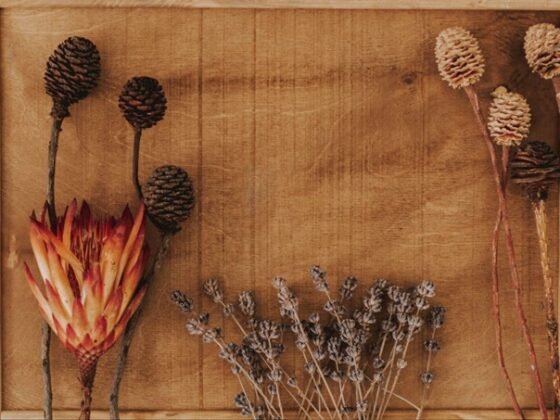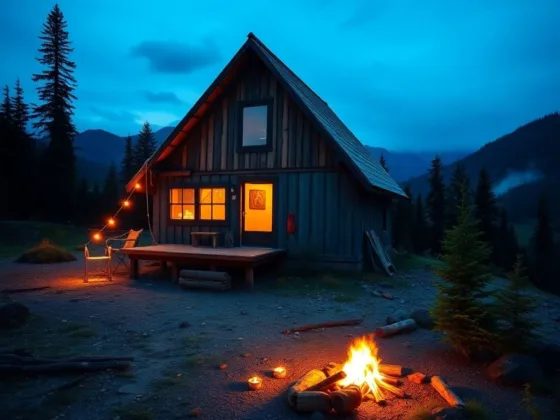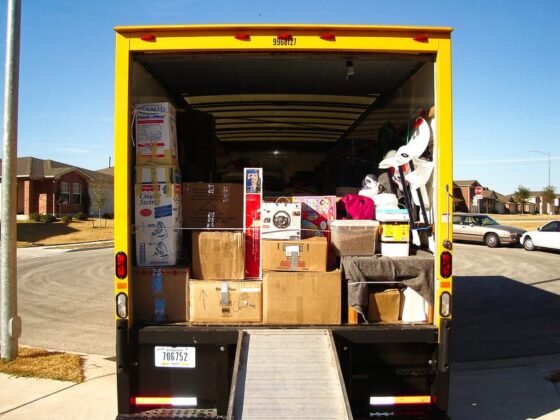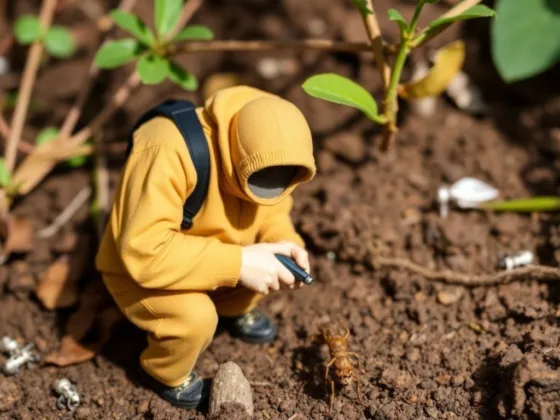Table of Contents Show
As the leaves begin to fall and the temperature drops, life gets busy. The kids go back to school, you begin holiday shopping, and before you know it, the first cold snap is here.
There seems to be an endless list of projects to do in and around your home as winter approaches. While ensuring that inside your home is winter-ready is important, those jobs can be done when it’s cold and grey outside.
Perform these outdoor projects this fall while the weather is still nice, and guarantee a safe, cozy winter in your home.
Check Trees
An important step to protect your home from winter storm damage is to inspect the trees in your yard, particularly those that are near any structures such as your house or garage.
The purpose of inspecting your trees should be to check for any dead branches, disease, and overgrowth. When the snow begins to fall, trees quickly become heavy, which can cause branches to snap, or dead trees to fall. This is natural, but the last thing you want to deal with is a tree falling on your home.
When inspecting your trees, start at the bottom. Inspect the roots to make sure they are all underground. A larger issue caused by roots can arise if they grow under your home, which can cause the foundation to raise by pressure. If you think this might be the case, it is best to call a home inspector to look into this.
Next, inspect the bark. If the bark is peeling or coming off in chunks, the tree is likely in a state of decay. If the wood is dead cracked, it may be time for the tree to come down. You may be tempted to trim back long branches, but if they are living, it is best to wait until early spring to trim branches.
Get on the Roof
An easily forgotten area of the home, it is important to inspect your roof before winter. Check for and replace loose or broken shingles, inspect the chimney and gutters.
If you have a couple of loose shingles, it isn’t a big deal, but if you keep finding issues on your roof, it can lead to leaks and flooding in the spring. If you aren’t sure if your roof needs to be replaced or not, this article may be helpful.
If your chimney is no longer structurally sound, the change in temperature and moisture that the winter brings can cause serious problems. If you just have a loose or cracked brick, use caulk to repair and prevent future damage.
If your gutters are full or have build-up in them, this is a great opportunity to clean them and install gutter guards if possible.
If gutters are not cleaned, ice dams may form over the winter, which can tear off your gutters, damaged shingles, or cause water backup in spring resulting in flooding.
If you have cleaned your gutters and still get ice dams over the winter, they are likely caused by the difference in temperature between your attic and the eaves.
Read Also:
Prepare for Snow Removal
The last thing you want to happen is an early blizzard before you’re prepared. Because of this, it’s important to make sure all of your snow removal equipment is ready to go.
Make sure your shovels are in good working order, or just go ahead and buy a new one to make snow clearing easier. If you have a snowblower, bring it out and let it run for a little while.
Test the blades or brushes, and make sure the shoot is clear and working. Purchase your snowmelt early before the mad rush that comes along with the first snowfall.
Check Doors and Windows
Inside and outside your home, sealing windows and doors is important to keep drafts, snow, and pests out. Check around your windows and doors for any drafts or cracks. Use caulk to fill any gaps around the edges of windows, or in the foundation of the home.
This will help keep your heating costs low and could keep out pests like rats and mice who are looking for a warm place to spend the winter. These rodents can enter your home through a crack or hole the size of a dime.
They will hide in basements and in walls, as long as they have food and water. Check out this article for more information on keeping your home rodent-free.
Doors are equally important but can be a little harder to weatherproof. Check around the trim to make sure there are no gaps or holes. If you find any, use caulk or foaming insulation to fill it.
To check if the air is getting under the door, stand inside with the door closed and hold a lighter near the crack of the door. If the flame wavers, you likely need to install or replace the door’s weatherstripping.
There are a few types of weatherstripping available, but the best bang for your buck is the wrapped foam style. It is highly absorbent and fits most door sizes and styles.
It is important to use the right caulk for the job, so make sure to check the packaging for recommended uses before purchasing any.
Mulch Leaves
One of the least enjoyable jobs that homeowners are faced with each year is raking leaves. The good news, leaves can be good for your lawn! While it is important to rake up leaves if they are completely covering grassy areas, if the leaves are sparse, you can just use your lawnmower to mulch the leaves.
Most deciduous tree leaves (the ones that shed in autumn) contain around 2 percent nitrogen, which is the most important nutrient for your lawn. This means that mulching leaves will create a natural fertilizer for your lawn over the winter.
Be cautious about the number of leaves you mulch, as too many can create mold, and if the cover is too thick, it can damage the grass and reduce soil temperatures in the spring which will slow the greening process. As a rule of thumb, make sure that no more than 20 percent of the turf is being covered with mulched tree leaves.
Winter is Coming
A lot of work goes into winterizing your home, and that’s why it’s important to start early. Get these tasks done before the cold weather hits, and you’ll have more time to start working on the inside of your home. Don’t forget to tune up your heater, turn off watering systems, and test your smoke detectors!











